Calls of representatives of the medical world are strong with the two sessions of China in progress. According to many representatives from pharmaceutical enterprises, the series of reforms on new drugs, such as procedure reform of new drug approval and review, should be continued, and they looked forward to that more detailed rules of the reform would be implemented in 2018.
According to Hu Jiqiang, an NPC representative of China and Chairman of Conba Pharmaceutical, the Chinese pharmaceuticals should become a new business card in the center of the world stage through a series of reforms.
No Chinese pharmaceutical enterprise was listed in the world top 50 by prescription drug sales for two consecutive years in 2016 and 2017.
In the 10th symposium of NPC representatives and CPPCC members in the medical world this year, according to the representatives, China has become a big country in pharmaceuticals that ranks second in the world, but is hardly seen in the international sequence, showing that development of the Chinese pharmaceutical enterprises is still insufficient, and the relevant restricting policies should be relaxed.
Industrial scale still small
The visual gap between the Chinese pharmaceutical market and international pharmaceutical market is still large.
According to the representatives, the medicine market of China was about RMB 130 billion in 2017, wherein, the proportion of the Chinese innovative drugs and ethnic drugs was less than 35%, and other market was occupied by multinational pharmaceutical enterprises.
No Chinese pharmaceutical enterprise was listed in the world top 50 by prescription drug sales for two consecutive years in 2016 and 2017. And there was also no product of Chinese pharmaceutical enterprises in the world top 100 by drug sales issued by a certain advisory body recently.
According to this world top 100 by drug sales, sales of Humira that ranked first reached USD 18.427 billion, while the drug ranking 100th was Pfizer’s Viagra, reaching USD 1.204 billion.
In terms of a single variety of pharmaceutical products, no pharmaceutical product of the Chinese pharmaceutical enterprises ever exceeded USD 1 billion industry revenue.
According to information, single-variety pharmaceutical products will be restricted for the use after exceeding a certain size.
According to Hu Jiqiang, Chairman of Conba Pharmaceutical, China has become a big country in pharmaceuticals that ranks second or third in the world, but it is definitely not and far from a strong country in pharmaceuticals; the above restriction is not conductive to the becoming bigger of Chinese enterprises, and their products should be encouraged to become bigger in scale on a large market like China.
According to Hu Jiqiang, in the future, the relevant Chinese policy should encourage making single products bigger, instead of containing them once their sales are enlarged.
The feelings may be different if the competitiveness of the Chinese pharmaceutical market is looked at from the perspective of the industry scale. However, regarding the pharmaceutical industry scale of China, many representatives of the two sessions held that there was a huge gap between the existing statistical figures and actual industrial figures.
According to statistics, the size of the Chinese pharmaceutical market this year was about RMB 2 trillion, but representatives of the two sessions held that in fact, the size was only about RMB 1.5 trillion in 2016 as calculated according to the terminal market price of the entire Chinese pharmaceutical product market, i.e., retail price.
According to Hu Jiqiang, there is a bottom price for ex-factory price of the pharmaceutical product that the pharmaceutical practitioners know, currently the proportion between ex-factory price and retail price of the OTC product may be 50%:50%, or even 40%:60%; if a discount is given to this figure, the Chinese pharmaceutical industry, including imported drugs, may be only about RMB 1.2 trillion in terms of market size in China, which is the maximum figure, and the size may be less than RMB 1 trillion if imported drugs are deducted.
Therefore, the Chinese enterprises are quite small from the industrial perspective. Even Hengrui Medicine that has the highest market value among listed Chinese pharmaceutical enterprises could not rank in the world top 50 by prescription drug sales, and the pharmaceutical enterprise ranking 50th therein had sales of USD 2.2 billion.
Many representatives held that we must look squarely at the current situation of the Chinese pharmaceutical enterprises.
According to Hu Jiqiang, the entire Chinese pharmaceutical industry will usher in the time for structural adjustment, including product structure, industrial structure, and organization structure adjustments, and also the opportunity for reshuffle, with the deepening of reform of the pharmaceutical product supply side, deepening of the coordinated medical service, medical insurance, and pharmaceutical reforms, and upgrading of the pharmaceutical product consumption; excellent enterprises, predominant enterprises, and enterprises that produce new and good drugs must seize the opportunity to accelerate development, and relevant government departments must make relevant policies on (for example) how to truly support the Chinese pharmaceutical industry enterprises to have bigger scale and become stronger, to really enter the ranks of newcomers of world pharmaceuticals and enter the rankings, again at the height of national rejuvenation and the height of the entire industry development.
Then, how to make the relevant policy to truly support the Chinese pharmaceutical industry enterprises to have bigger scale and become stronger will be a major industrial policy issue in the new year.
Optimization of review and approval
Sun Piaoyang, an NPC representative of China and Chairman of Hengrui Medicine, said that the pharmaceutical industry should reform, activate new vitality, and achieve new vision with innovation in the new era; and he believed that with the reform of China’s pharmaceutical product regulation system, the core competence of the pharmaceutical enterprises would return to the innovation capability and product quality, and the phenomenon of bad money driving out good would be corrected in the future.
According to Sun Piaoyang, in the globalized industrial pattern, it is the same game of chess in China and outside China, no matter for R&D innovation or market development, and enterprises that have international outlooks and can integrate global resources will have the say.
The figures show that looked deeply, a flexible market mechanism of enterprises and even products will be the primary competitive advantage.
Changes in the reform of the bio-medicine system of China, especially the review and approval reform, have been great in recent two years, however, in the future, the new reform requirements and enterprises’ new development goals in this new era will require the innovation mechanism reform to continue, such as new drug marketing review and approval and clinical approval processes.
There were many policies on pharmaceutical innovation made by relevant departments of the pharmaceutical industry in 2017, for example, the General Office of the Communist Party of China Central Committee and General Office of the State Council of China jointly issued the Opinions on Deepening the Reform of the Review and Approval System and Inspiring Innovation of Drugs and Medical Devices. According to Ding Lieming, an NPC representative of China and Chairman of Betta Pharmaceuticals, the above document is a programmatic document that synthesizes many comments and suggestions for pharmaceutical innovation reform all those years.
Pharmaceutical innovation is a long chain and process, and the new drug approval is a very important link therein, therefore, if the approval is slow, it will largely affect the innovation. The approval time has been improved greatly upon the series of reforms, however, rules of this programmatic document have yet been implemented. Representatives are most concerned about optimization of new drug R&D approval and process among the rules.
For example, regarding the theory pre-approval discussed by the representatives, before the reform, the theory might be applied for after approval of leaders, but now, the theory may be applied for before such approval. The intention of this new idea is to enable pharmaceutical enterprises to conduct clinical studies upon receipt of clinical approvals, with the theory approval ahead of clinical studies, however, there will be some difficulties during the operation, namely, how to adapt to the changes of the approval sequence. Ding Lieming revealed that many clinical studies failed to keep up at present and the clinical study ability was inadequate, therefore, although there were many enterprises making new drugs and having many projects in terms of innovation at present, when they were to be conducted clinical studies, clinical study institutions failed to keep up.
Introduction of rules of the programmatic document in 2018 will be an exciting thing to pharmaceutical enterprises.
Representatives hoped that the continued optimization of new drug marketing review and approval processes could learn from foreign countries. The current procedure in China is that each review requires inspection, and every product shall be inspected, while in the U.S. FDA’s inspection of generic drugs, it does not inspect every drug, which will help increase the efficiency. According to representatives, during the review and approval, the production site inspection should be preferably conducted synchronously with the clinical trial site inspection; at present, the clinical part is first inspected, and then the CMC part; the proceeding of those two inspections at the same time could save the review time. Due to the conditional approval of some new drugs, the introduction of specific process and requirements on rolling submission of data will facilitate enterprises to have rules to follow.
What Ding Lieming looked forward to most was that there could be the good news about the further optimization of clinical information resource approval process in the new year, because the current process still takes a long time for him to wait for approval. According to his statistics, 12 approvals are required for a clinical study to complete report in China, which take additional 3 months.
According to Ding Lieming, the approvals can be simplified, as many approvals are repeated, and same unit, same research institution, or same hospital repeatedly reports certain content, which can be optimized and reformed, or even changed to the filing system. In fact, this suggestion was called for by many representatives and members who, by calling for it together, hoped to improve the situation.
According to many representatives and members, enterprises could walk faster and have more time to compete on the market only when relevant policies and procedures are more scientifically made.
Source: The Economic Observer
Register as Visitor to CPhI China 2018!





 ALL
ALL Pharma in China
Pharma in China Pharma Experts
Pharma Experts Market News
Market News Products Guide
Products Guide Brand Story
Brand Story
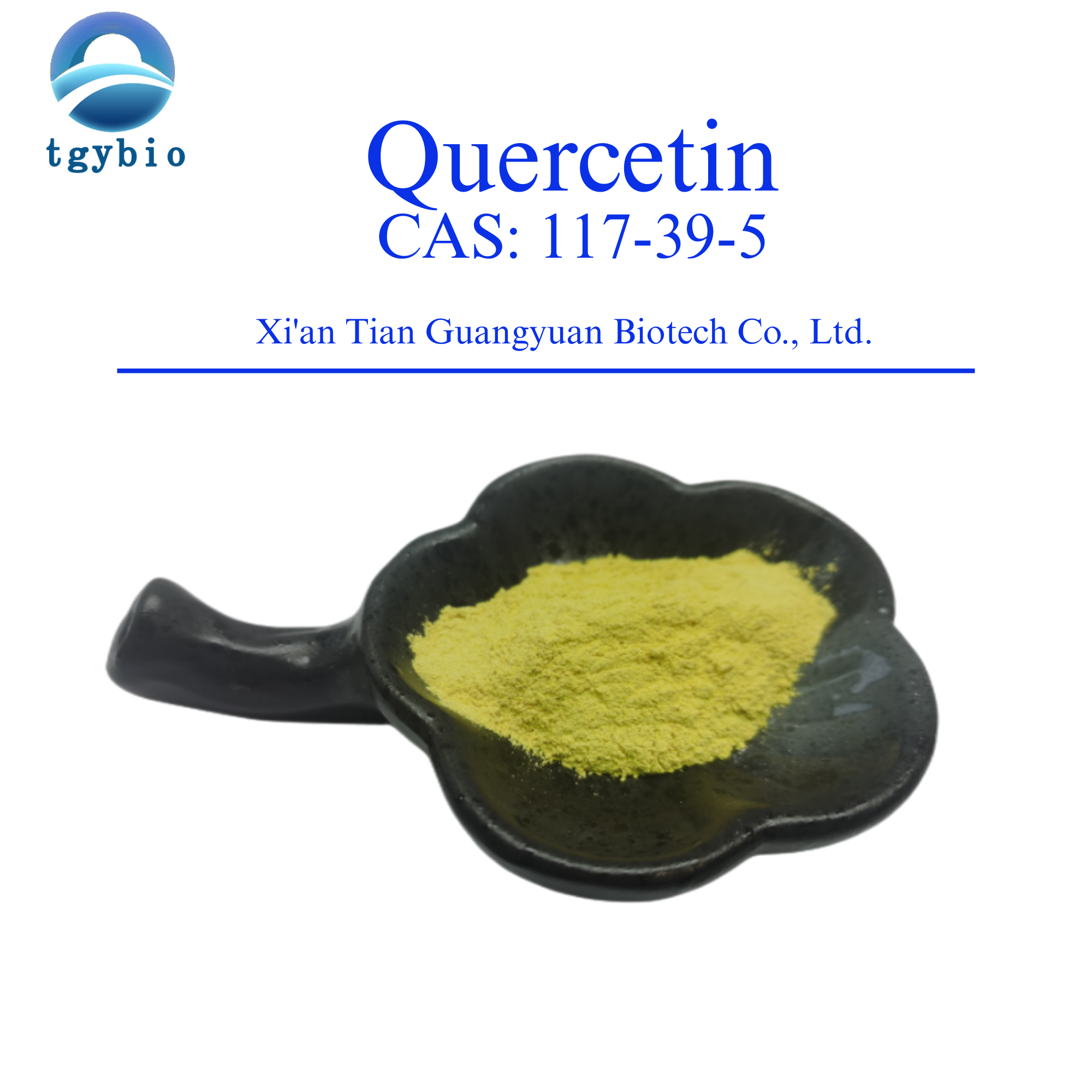
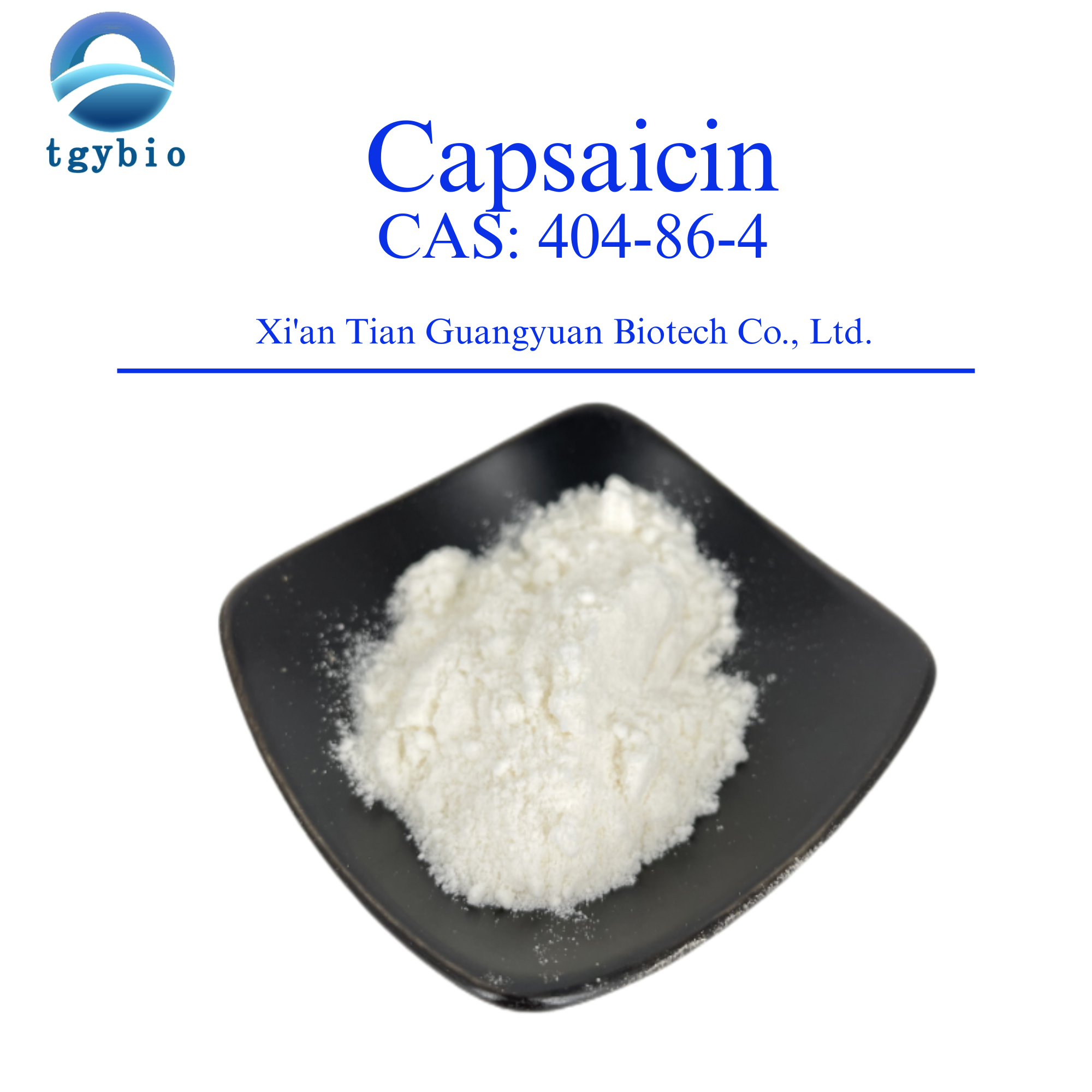
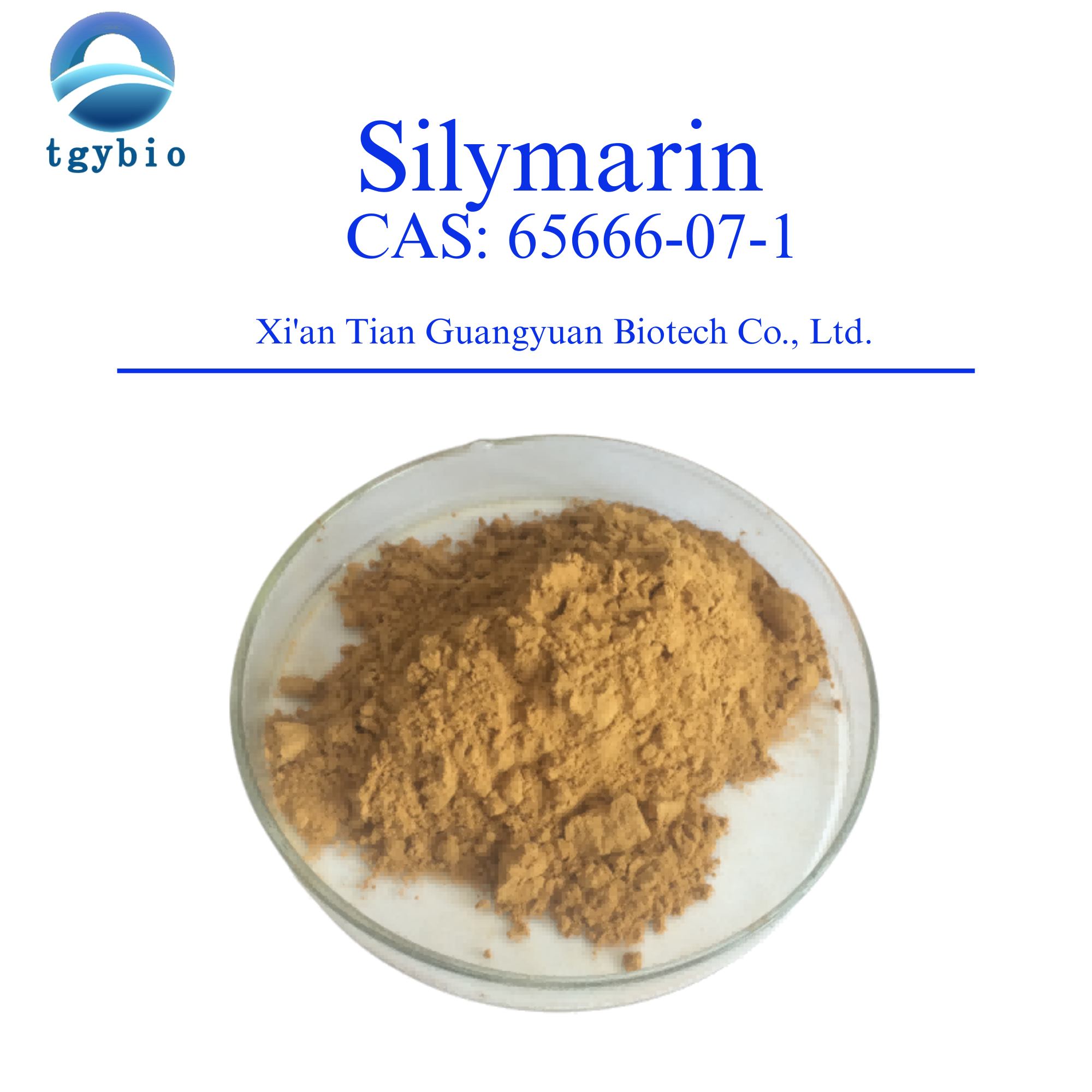
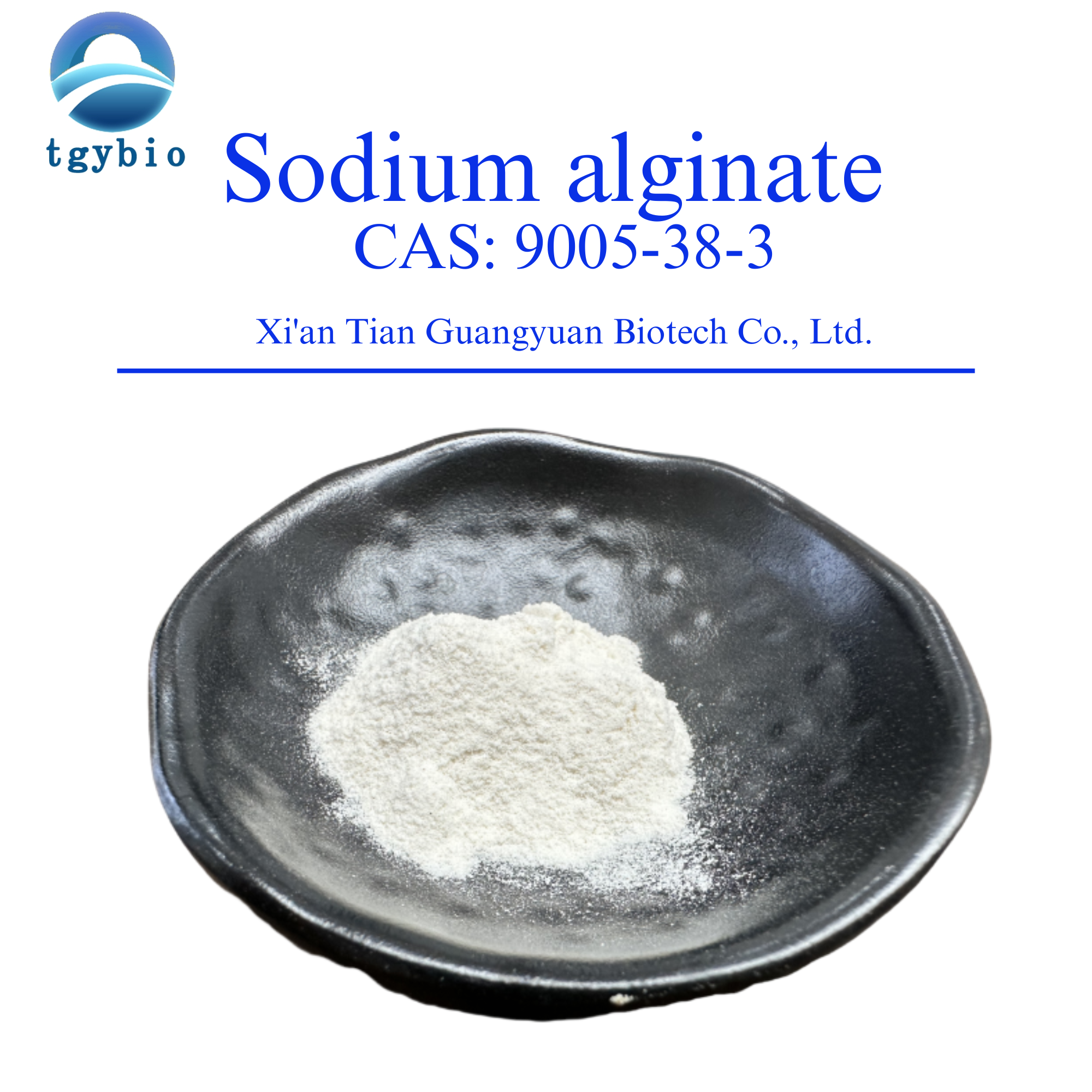

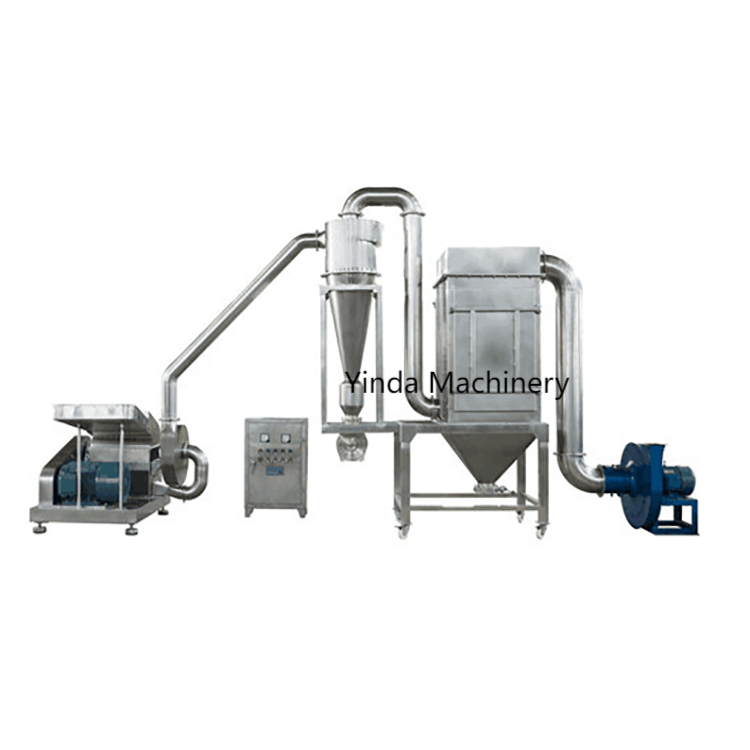











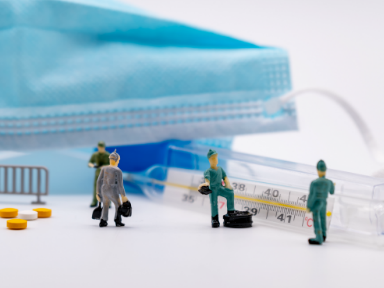




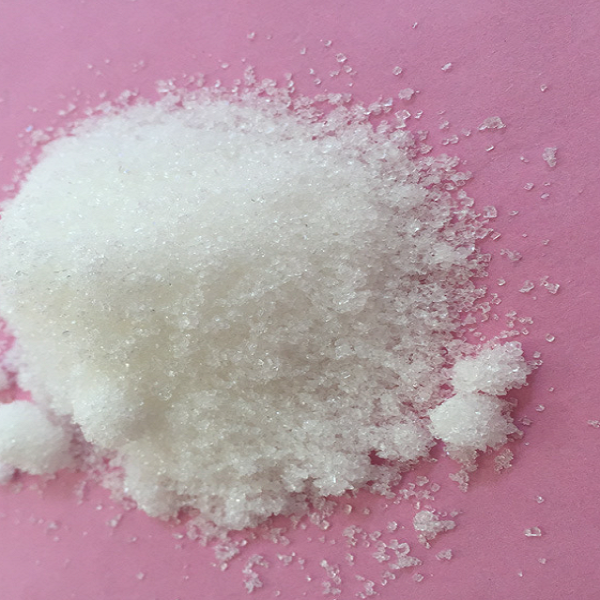
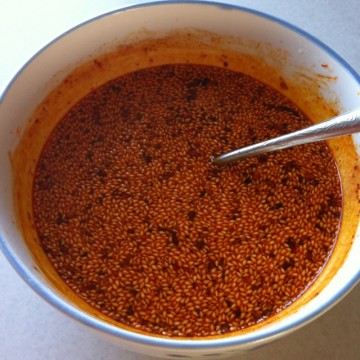
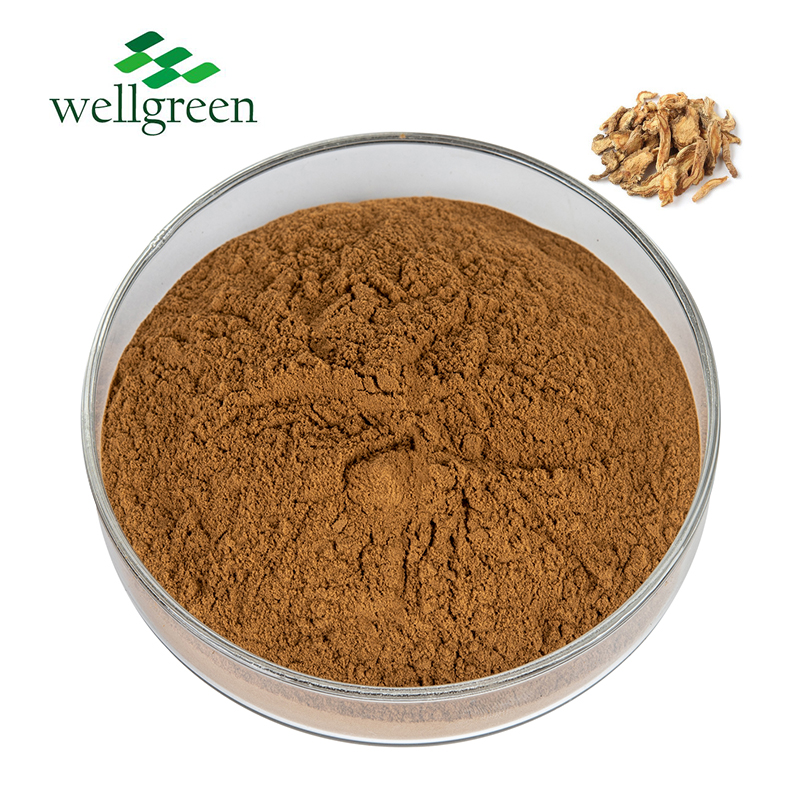

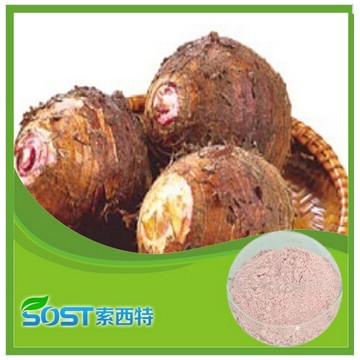
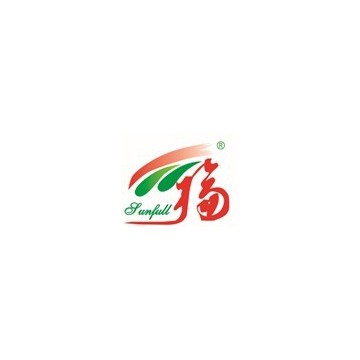





 Pharma Sources Insight January 2025
Pharma Sources Insight January 2025








